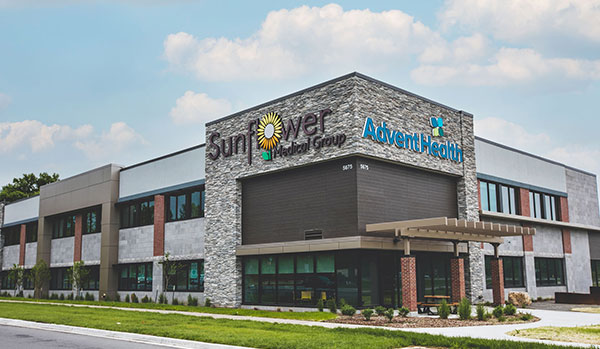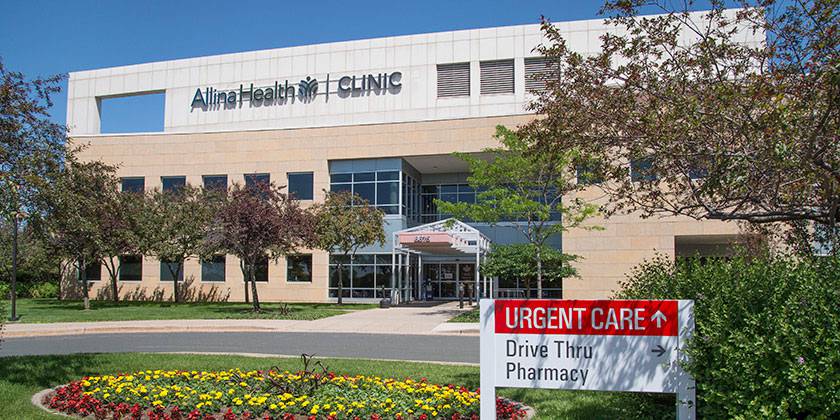How to Locate Dependable Urgent Care Clinics in Your Area
How to Locate Dependable Urgent Care Clinics in Your Area
Blog Article
The Relevance of Urgent Care Centers in Linking the Void In Between Health Care and Emergency Services
Immediate care centers have become an essential part of the medical care landscape, efficiently addressing the essential requirement for instant medical focus without considering emergency situation services. By offering care for non-life-threatening problems, these facilities help to ease the burden on emergency situation rooms and boost person accessibility to timely treatment. Their prolonged hours and diverse services cater to a growing populace looking for options to conventional health care. Nonetheless, the advancing function of urgent care facilities raises important inquiries regarding their integration within the broader health care system and the implications for person results and resource allowance.
Introduction of Urgent Care Centers
Urgent care centers have become a vital part of the health care delivery system, providing available clinical solutions for non-life-threatening problems. These facilities normally run outside typical office hours, offering patients an alternative to emergency situation rooms and medical care setups. People seeking immediate care frequently existing with issues such as small injuries, infections, or health problems that call for punctual interest but do not present a prompt risk to life or limb.
Immediate care facilities are staffed by a series of healthcare experts, consisting of doctors, nurse practitioners, and medical professional assistants, who are equipped to identify and deal with different clinical issues. They commonly include analysis devices such as X-ray equipments and lab services, allowing them to give comprehensive treatment on-site.
The establishment of urgent care facilities has actually been affected by the raising demand for timely medical solutions in a busy society, where clients might battle to protect consultations with primary treatment suppliers. Because of this, these facilities intend to relieve congestion in emergency situation departments, enhancing overall medical care efficiency. Additionally, immediate care facilities usually function as a bridge in between primary care and emergency situation services, ensuring that people get proper treatment tailored to their details clinical needs.

Advantages of Urgent Care Solutions
Accessing timely clinical care is a substantial advantage of urgent treatment solutions. These facilities supply instant focus for non-life-threatening conditions, effectively minimizing wait times compared to standard emergency situation divisions. Individuals looking for treatment for small injuries, ailments, or immediate health problems can obtain therapy without the long delays usually connected with medical facility check outs.
One more secret advantage is the extensive hours of procedure. Many urgent care facilities are open evenings and weekends, fitting individuals that might not have the ability to visit their medical care provider throughout standard office hours. This flexibility makes urgent care an accessible option for those with active routines or abrupt health and wellness problems.
Additionally, immediate treatment centers often provide a wide variety of solutions, consisting of diagnostic testing, X-rays, and fundamental lab services. This comprehensive method permits fast medical diagnosis and therapy, improving individual contentment.
Additionally, urgent treatment facilities are usually much more cost-effective than emergency spaces, making them an appealing option for people without insurance coverage or those with high-deductible plans. Overall, immediate treatment solutions play a critical duty in providing available, timely, and inexpensive treatment.
Comparison With Medical Care
Commonly, patients frequently evaluate their alternatives in between urgent treatment centers and medical care providers when looking for medical focus. Both serve crucial functions in the healthcare system, yet they vary considerably in accessibility, cost, and extent.
Key care providers are normally the initial factor of get in touch with for individuals, focusing on long-lasting health and wellness management, precautionary treatment, and persistent disease monitoring. They provide connection of care, cultivating a patient-provider connection that enables comprehensive health assessments and personalized treatment plans. Arranging a consultation can be taxing, often requiring days or weeks in breakthrough. Urgent Care.
On the other hand, urgent treatment facilities provide prompt treatment for non-life-threatening problems that need punctual attention, such as minor injuries or infections. These centers typically operate beyond traditional workplace hours, suiting clients who might not have the ability to visit their health care provider during normal service times. Furthermore, immediate treatment is usually a lot more economical than emergency situation room gos to, making it an appealing choice for those with minimal health care accessibility.
Eventually, while urgent treatment facilities and main treatment service providers both add to client health, they deal with distinctive requirements, making it vital for individuals to establish which alternative ideal aligns with their scenarios.
Emergency Situation Providers Communication
The communication between immediate treatment facilities and emergency services is a vital facet of the healthcare landscape, specifically when people encounter scenarios that might intensify in intensity. Immediate treatment facilities act as a bridge in between main care and emergency divisions, addressing non-life-threatening conditions that require prompt interest. This collaboration enhances client end results and enhances source allocation within the health care system.
When individuals present with immediate however not serious problems, urgent care centers can efficiently handle their requirements, relieving blockage in emergency spaces. Facilities outfitted with diagnostic capacities can help with timely referrals to emergency services when an individual's condition goes beyond the range of urgent care treatment. This smooth communication assists ensure that clients receive the proper degree of care without unneeded delays.
In addition, effective communication in between immediate treatment carriers and emergency situation services is crucial. website here Sharing patient details and treatment histories fosters collaborated treatment, reducing the danger of redundant tests and treatments. As healthcare proceeds to evolve, the dynamic partnership between urgent care centers and emergency situation solutions will certainly play an essential role in boosting individual treatment performance, satisfaction, and overall health and wellness results within the community.
Future of Urgent Care Facilities
As medical care needs develop, the future of immediate care facilities is positioned to become progressively integral to the general clinical community (Urgent Care). These facilities are likely to expand their roles by integrating sophisticated innovations, such as telemedicine, synthetic intelligence, and electronic wellness record assimilation. This will boost patient gain access to and enhance care sychronisation in between immediate care, medical care, and emergency services
In addition, immediate treatment centers are anticipated to expand their solution offerings to include preventative care and persistent condition management. This shift will position them as essential parts in taking care of populace wellness, decreasing the burden on emergency departments, and resolving spaces in primary care accessibility.
The growing fad of value-based treatment will even more increase the improvement of urgent treatment centers, motivating them to focus on client outcomes and complete satisfaction. Facilities might also embrace joint practice models, functioning very closely with specialists and medical care suppliers to guarantee comprehensive individual administration.
Conclusion
To conclude, immediate care facilities serve a vital feature in the healthcare system by providing instant accessibility to therapy for non-life-threatening problems, effectively minimizing stress on emergency situation solutions. Their prolonged hours and diverse range of solutions enhance patient convenience and satisfaction, while likewise guaranteeing ideal care distribution. As healthcare requires remain to advance, the function of immediate treatment centers will likely end up being progressively considerable, more linking the void between health care and emergency services.
The establishment of immediate care centers has actually been affected by the boosting demand for timely clinical services in a fast-paced society, where individuals might struggle to secure visits with key treatment companies. In addition, urgent care centers frequently serve as check these guys out a bridge between key treatment and emergency situation solutions, making certain that clients receive ideal treatment customized to their certain clinical needs.
Many urgent treatment facilities are open nights and weekends, fitting patients who may not be able to visit their main care service provider during typical office hours (Urgent Care). As check medical care proceeds to advance, the vibrant partnership in between immediate care facilities and emergency services will play a critical function in improving person care efficiency, contentment, and total health outcomes within the area

Report this page